As the UK cybersecurity sector prepares to meet at CyberUK next month, I have been reflecting on the conference’s theme–Securing an open and resilient digital future–and what might be the barriers to such a vision. One of the biggest challenges is doubtless the hefty legacy IT in the UK’s public sector.
For over a decade, the UK Government has been pushing for a cloud-first approach, but many Departments still find themselves operating far too heavy a legacy IT burden. This cloud-first push was both helped and hindered by the disruption of the COVID-19 pandemic, and is seeing renewed urgency with the new target of 2027 to move 22,000 roles out of London. All these programmes require security to sit at the heart of the strategy because changes in working practices have coincided with an increasingly sophisticated cybersecurity landscape, regularly driven by nation state backed attacker groups, looking to disrupt the operation of Government and their services.
The latest Central Digital & Data Office (CDDO) guidance on cloud for the public sector (published at the end of last year) set out many considerations for cloud services including security and vendor lock-in, and there is an implicit understanding that legacy IT systems – some decades old and managed by specialist civil servants with very niche capabilities – would need to be addressed. In response to questions raised in the UK Parliament, it was discovered that as many as 43 legacy IT systems were at critical risk under the CDDO assessment framework.
Recent scares around legacy technology (like the US Government’s highlighting of the security issues inherent within Ivanti VPN technologies) should serve to prove the importance of legacy replacement. Closer to home, the British Library’s comprehensive report into its cyber attack specified that legacy tech exacerbated the impact of the attack and was the primary contributor to the length of time it is taking to recover from the attack. It is clear that legacy technology is a fundamental vulnerability and should be addressed as a matter of urgency.
Legacy lock-in
Legacy technology is–by very definition–dated, and that means it becomes more unstable over time. It becomes harder and more expensive to repair faults, especially as vendors choose to end support services in favour of their newer products. Moreover, attackers have had more time to develop exploits and attack methods and with updates and security patches less available, the risk of successful attacks increases.
It’s apparent speaking to any IT leader in a Government Department that vendor lock-in is a major concern. Many vendors and contracts lack or actively prevent the agility to innovate within existing contracts, some of which have significant costs in buyout clauses and could be up to a decade long. Consider the change in technology and working practices since 2014, and then consider an organisation trying to stretch the capabilities of technology designed for a completely different world – and threats landscape – to serve today.
A compounding issue is the UK Government’s SME Action Plan; the initiative to encourage Government Departments to procure more from smaller organisations. The objectives are admirable, but this policy can create a “perfect storm” in the IT stack, where Departments are grappling with the disadvantages of enormous and long-running contracts on one side, and a plethora of smaller vendors adding complexity and sizable integration workloads on the other. Greater complexity in the technical stack results in reduced visibility and challenges in accurately assessing risk. In the private sector currently the trend is for the reverse–consolidation to aid in risk management as well as greater resource efficiency.
What is preventing change? IT leaders often mourn the technical debt tied up in legacy systems–in terms of cost, time and skills–and transformation programmes in government are rarely small projects, requiring both budget and time. The Ministry of Justice recently shared its spending reports and plans around legacy IT replacement and the numbers involved are not only large, they are growing significantly year on year. However, the evolving threats landscape is reducing our control over timelines; ultimately for a modern government to function and be resilient to external cyber threats, we need to embrace new, better technologies.
A path forwards
The first challenge for many Departments is to fully understand their data assets and the structure of their network. Through that process, IT leaders and their teams can pinpoint and evaluate the best approach for migrating the legacy system’ be that replacement, retirement, repurposing or retaining the technology.
With that understanding, a phased approach can be planned; implementing upgrades to the systems most critical to the department’s ability to function, as well as those that are naturally coming to the end of contracts. This plan should also include consideration of the non-technical blockers to digital transformation including internal attitudes to change, competing priorities and budgets, and coordinating multiple teams and vendors.
Cloud-first security
The aging VPN provides a useful case study. The Cabinet Office has recommended that Government Departments should reduce reliance upon the legacy technology, and so the obvious upgrade is a zero trust network access (ZTNA) technology. ZTNA tools provide remote access to cloud and private applications based on zero trust principles. And zero trust is recommended by the NCSC as a best practice principle for security and access.
ZTNA is one component of a broader secure access service edge (SASE) architecture, which is an excellent blueprint to build towards in legacy replacement programmes. SASE is a cloud-native security and access architecture, and it inherently allows for a cloud-first approach, while consolidating multiple aspects of security and networking into a simple model that gives IT leaders unparalleled visibility over their digital infrastructure. SASE includes the remote access features of ZTNA, alongside best-in-class and modern data loss prevention (DLP), secure web access, and threat protection.
Managing legacy technology
For many legacy systems, there are already potential cloud native alternatives that bring significant improvements in efficacy and cost. As IT leaders embark on transition planning, shifting to cloud-first could not only address administrative and cost issues but also serve as an enabler for a modern and efficient civil service wherever in the UK it is based. Most crucially, as cybersecurity is firmly a national security concern, the replacement of vulnerable legacy systems should be seen as an urgent priority.




 Back
Back
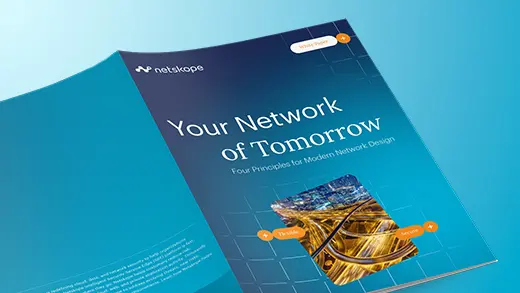

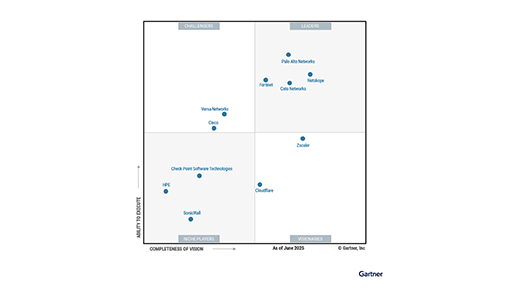
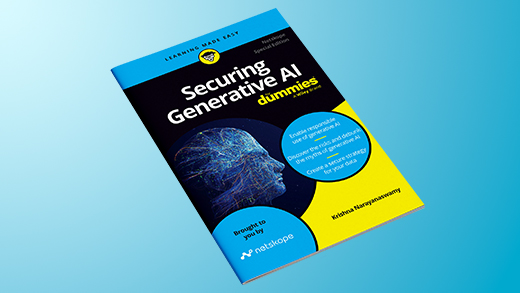
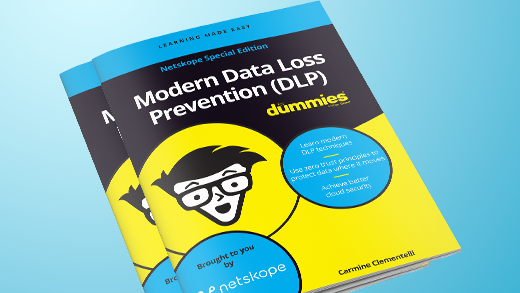
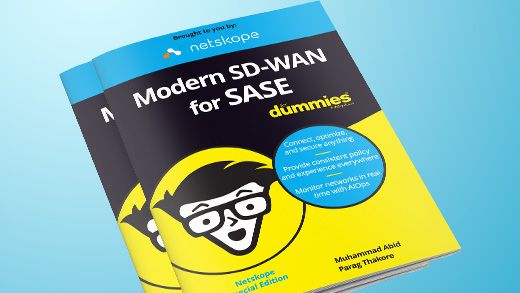

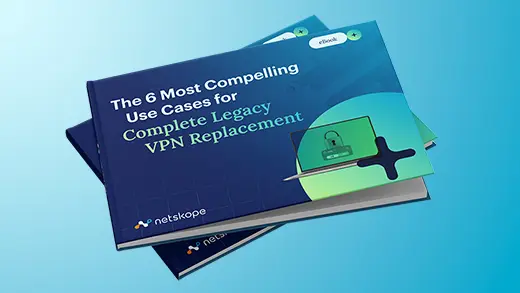

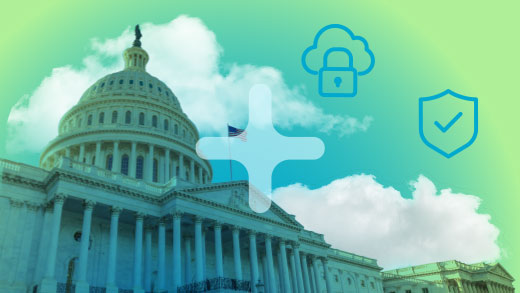






 ブログを読む
ブログを読む